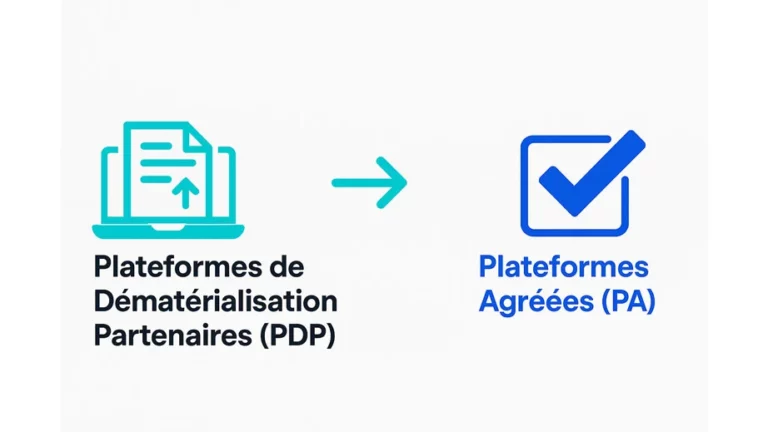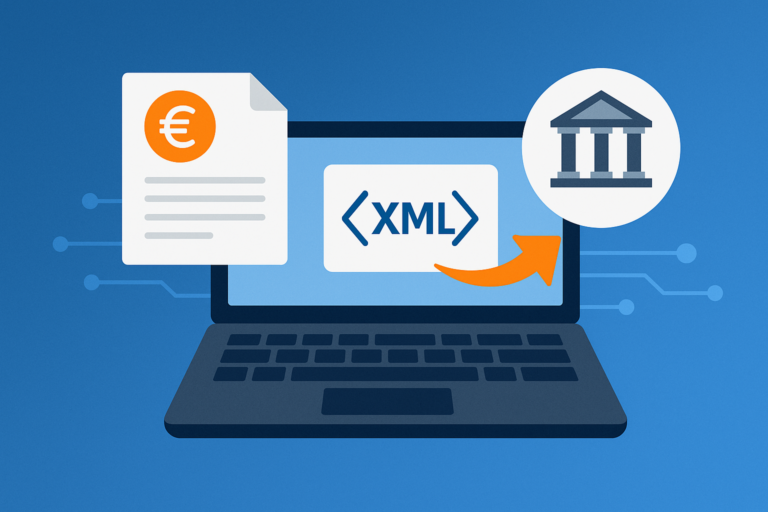Introduction
In France, almost one company in two says it regularly suffers from late payment. Behind this statistic lie realities with far-reaching consequences: cash flow weakened, whole days lost in reminders, and sometimes even the survival of a business at stake.
For large organisations, these delays are often absorbed by the size of their financial reserves. But for a VSE or SME, where every euro counts, a payment that doesn’t arrive on time can be enough to block a project, delay salaries or force you to take out expensive credit.
So why do late payments cost small and medium-sized businesses so much? And above all, what can be done about it?
1. Late payments: a structural problem
According to the Observatoire des délais de paiement, the average delay in France is around 12 days. This figure may seem insignificant, but for an SME that depends on a few major customers, it becomes critical.
A simple example: a company awaiting payment of €50,000 for services already carried out and approved. Twelve days late means twelve days without cash to pay its own suppliers, social security contributions or salaries. The result: immediate pressure on cash flow, with a domino effect across the entire value chain.
Beyond the figures, these delays undermine confidence. Managers live with the fear of a bank overdraft, administrative teams have to deal with numerous reminders, and investment projects are postponed.
2. Why late payment is such a heavy burden for SMEs
Late payment is not just a cash flow issue. They generate hidden costs that have a direct impact on a company’s competitiveness.
- Immediate financial cost: use of bank overdrafts, payment of agios, or need to take out short-term credit.
- Time wasted: teams spend hours following up, following up, correcting errors or managing disputes.
- Strategic decisions blocked: recruitment delayed, a project postponed, equipment that cannot be financed.
- Stress and the internal climate: for managers and teams alike, cash management becomes a constant source of anxiety.
In short, late payment undermines not only a company’s finances, but also its dynamism and credibility.
3. The most common causes of late payment
While some delays are due to bad faith on the part of customers who deliberately stretch their deadlines, many are caused by organisational problems.
- Invoices sent late or incomplete (missing references, errors in amounts, absence of legal information).
- Internal processes that are too cumbersome on the customer side, with several levels of validation.
- The absence of clear monitoring tools, which leads to oversights or reminders that are too late.
- Too much dependence on a small number of customers who impose their conditions.
In other words, while one part of the problem is external, another has to do with internal control of the invoicing and payment processes.
4. How to avoid late payment: practical solutions
The good news is that there are effective levers for drastically reducing these delays.
Care upstream: clear, compliant invoices
An invoice sent quickly, without error and in compliance with regulations, reduces the risk of rejection and speeds up processing. This requires administrative rigour, but also tools that automate the generation and checking of invoices.
Implement regular, proactive monitoring
Don’t wait 30 days to follow up: real-time monitoring allows you to detect delays quickly and take immediate action. The key is to have simple and immediate visibility of the status of payments.
Streamline the settlement process
Internal approvals are often the slowest part of the process. Digitising this flow – with a tool enabling online validation by decision-makers – can reduce delays and avoid blockages caused by absences or oversights.
Automate payments and receipts
This is where solutions like Azopio provide real value. By centralising invoices, initiating payments directly from the platform and offering the possibility of receiving customer payments via a secure link, the company removes much of the administrative friction.
5. Azopio’s strategic role
With Azopio, payment management is more than just a technical function: it’s a genuine financial steering tool.
- Supplier invoices are validated and paid in just a few clicks, with no time-consuming preparation.
- Payment statuses are updated automatically, providing real-time visibility.
- Payments are secured via European PSP2 regulations, guaranteeing a high level of confidence.
Managers have access to clear dashboards that enable them to anticipate and take decisions more quickly.
In practice, this means fewer delays, less stress and healthier cash flow.
Conclusion
Late payments are not inevitable. Although they cost SMEs a lot of cash, time and energy, they can be greatly reduced through best practice and process automation.
With Azopio, companies have access to a tool that simplifies invoice payment, secures flows and gives managers back visibility. The result: smoother management, better control of cash flow, and precious time freed up to concentrate on developing the business.
Find out how Azopio can help you regain control of your payments and protect your company’s cash flow.




